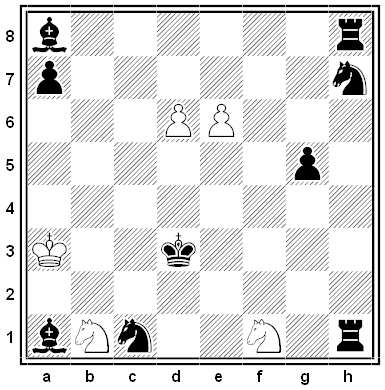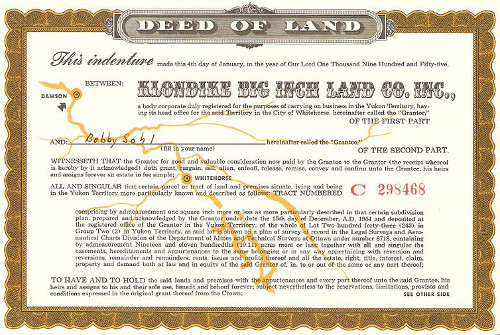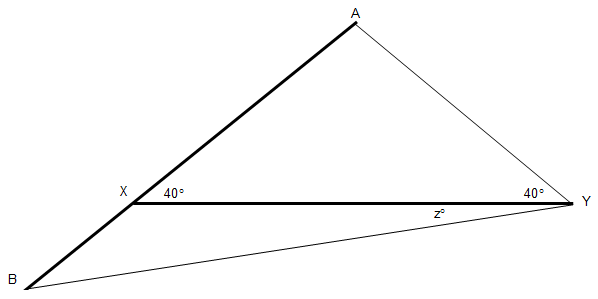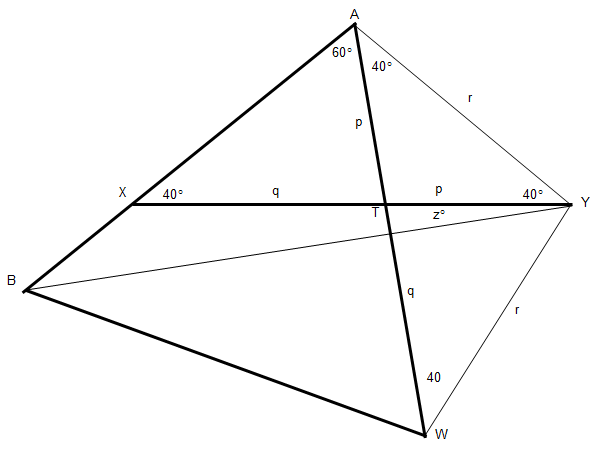
As the series developed, readers came to expect an ever more extensive drinks menu. In On Her Majesty’s Secret Service, for example, the eleventh book, Bond downs no less than forty-six drinks, the widest variety in any single book. According to one Bondologist, these include: unspecified quantities of Pouilly-Fuissé white wine, Taittinger champagne, Mouton Rothschild ’53 claret, calvados, Krug champagne, three bourbons with water, four vodka and tonics, two double brandy and ginger ales, two whisky and sodas, three double vodka martinis, two double bourbons on the rocks, at least one glass of neat whisky, a flask of Enzian schnapps, Marsala wine, the better part of a bottle of fiery Algerian wine (served by M), two more Scotch whiskies, half a pint of I.W. Harper bourbon, a Jack Daniel’s Tennessee whisky with water, on the rocks, a bottle of Riquewihr wine, four steins of Franziskaner beer, and a double Steinhäger gin. The same indefatigable researcher has found that although vodka martini has now become Bond’s signature drink, he only drinks nineteen of them in the books, compared to thirty-seven bourbons, twenty-one Scotches and a remarkable thirty-five sakes (entirely the result of his massive consumption of that particular drink in You Only Live Twice).
— Ben MacIntyre, For Your Eyes Only: Ian Fleming and James Bond, 2008








